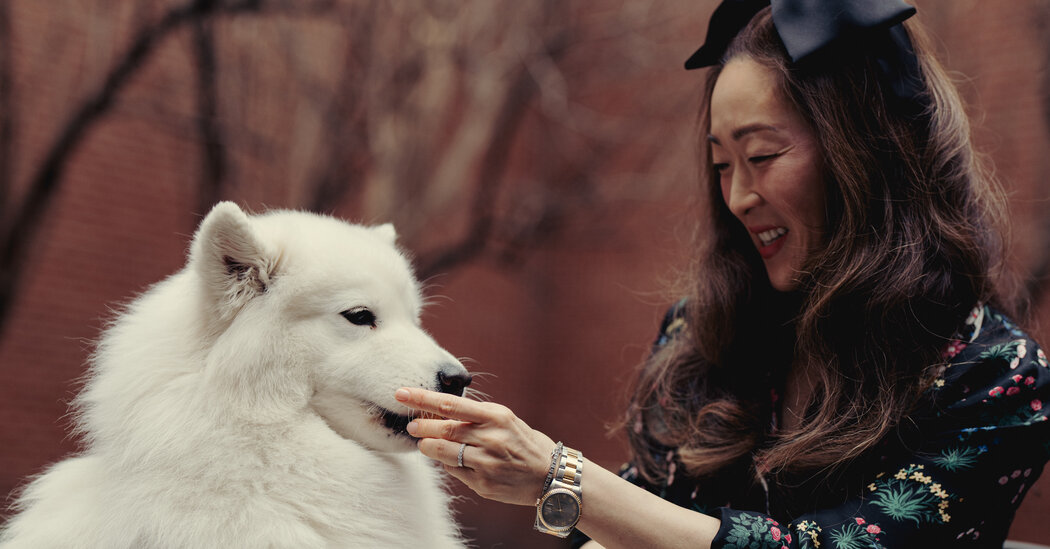
For more than two decades, Yeana Ahn, a co-founder of a lifestyle publicity company in New York City, has worn the same watch every day: a 36-millimeter Rolex Datejust in stainless steel and 14-karat gold with an Oyster bracelet.
Strictly speaking, however, it isn’t her watch. It belongs to her husband, James Ahn, who received it as an engagement gift from her parents about a year before their wedding in 2000.
Ms. Ahn, 50, admitted that she “commandeered his watch.”
“I don’t think I really asked permission,” she said. “I just kind of took it” — even though she had received her own horological engagement present: a 30-millimeter version of the same Rolex from his parents.
“At first I loved the ladies’ watch,” she said. “It seemed just my style, but then gradually, the more I saw my husband’s watch, I realized quickly that that one is for me.”
The items were a twist on the Korean tradition of gifts placed in a special box called a hahm, from a groom to his bride. The practice symbolizes the man’s readiness to take on the responsibility of marriage, according to Emma Whitmyer, a program officer who specializes in the Korean Peninsula at the Asia Society Policy Institute, a nonprofit organization in New York City.






